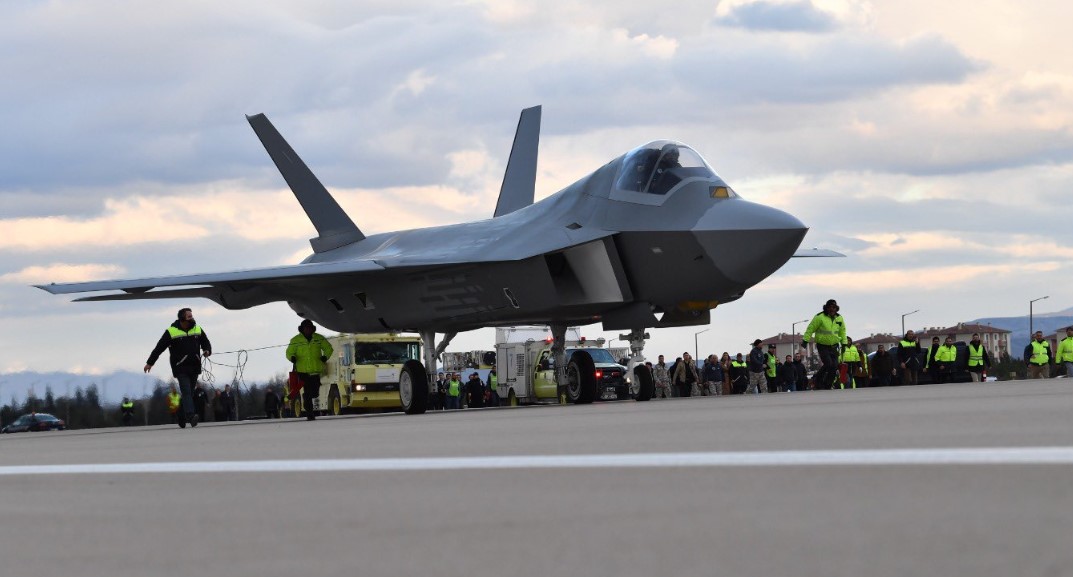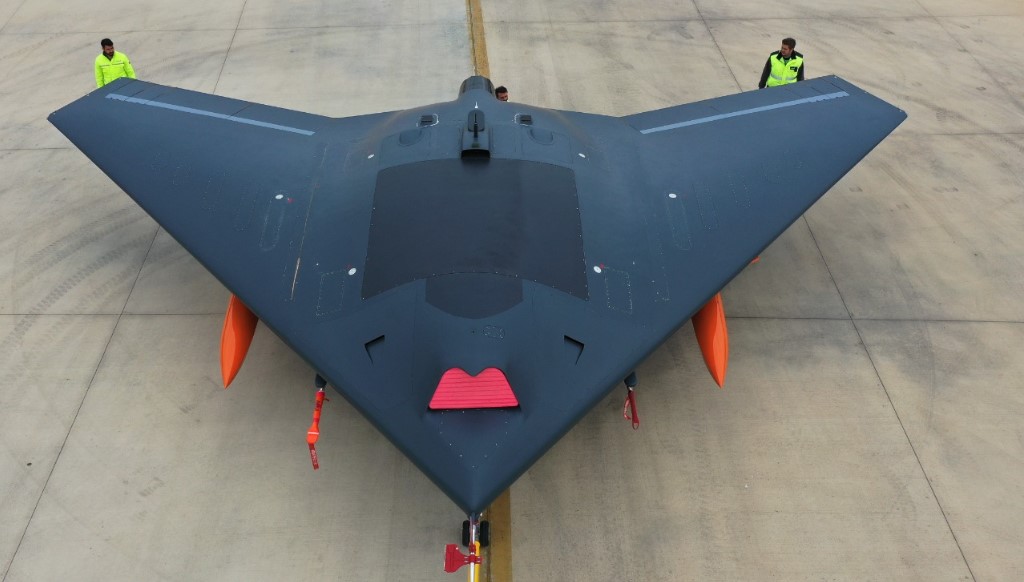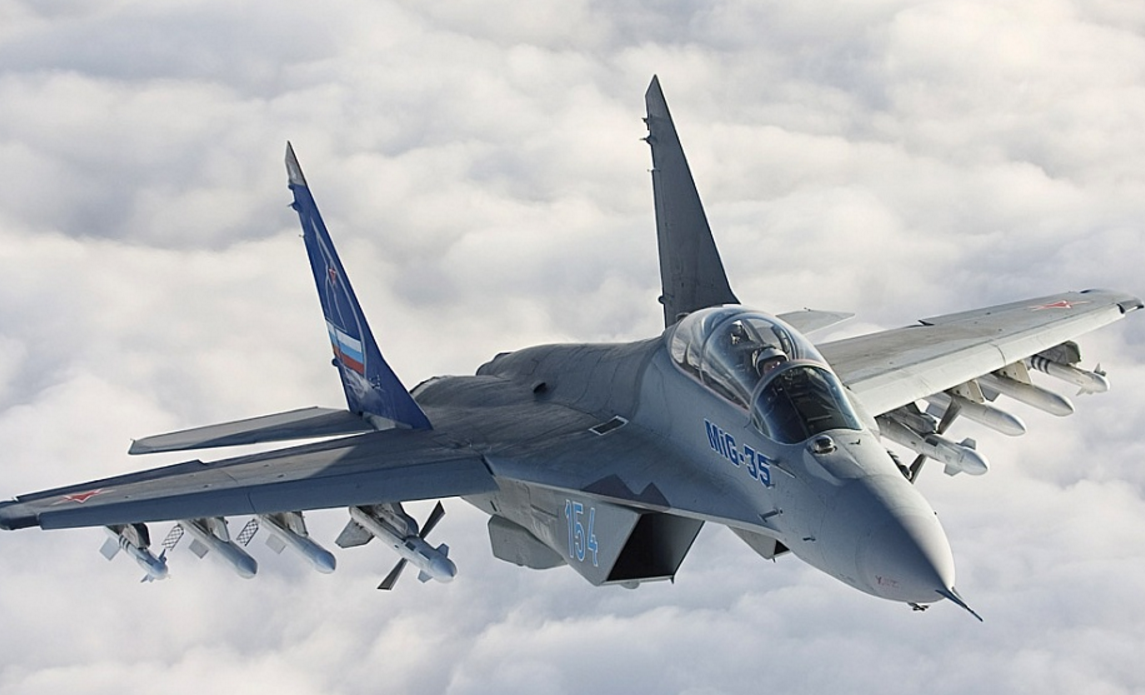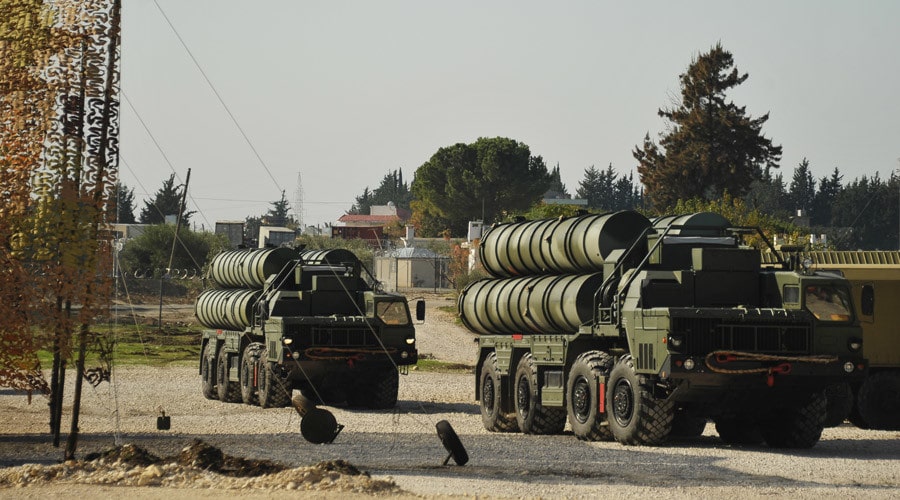3703Views
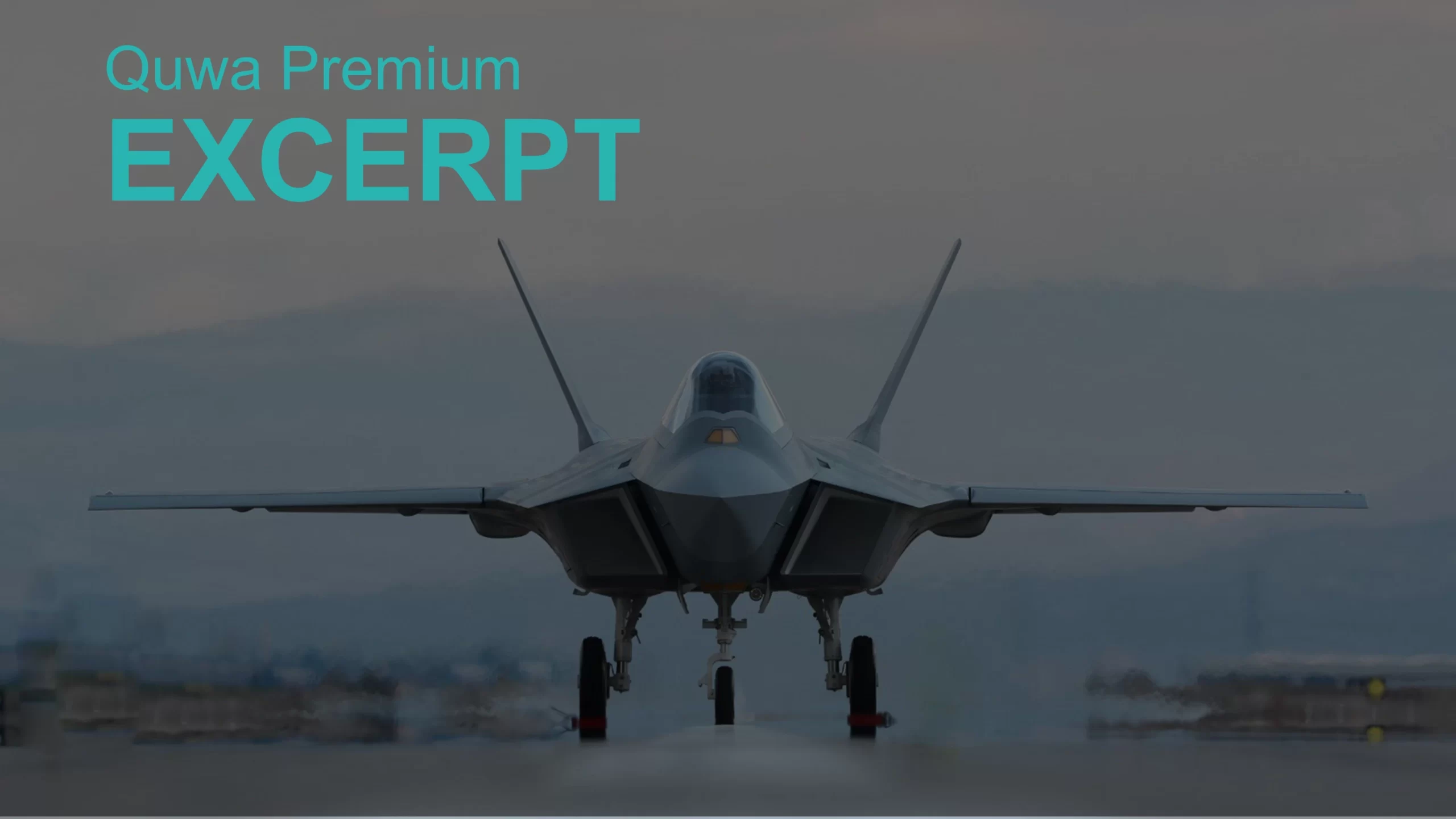
Türkiye Reaches Key Milestones Across Aviation Programs
Turkish Aerospace Industries (TUSAŞ) successfully rolled out the first prototype of its flagship project, the Milli Muharip Ucak (MMU) next-generation fighter aircraft (NGFA). TUSAŞ also unveiled the prototype of its own unmanned combat aerial vehicle (UCAV), the ANKA-3, which was previously designated the TİSU.
The showing of the two prototype platforms arguably establishes Türkiye’s intent and emerging capacity to indigenously design, develop, and manufacture its future air warfare solutions.
First MMU (TFX) Prototype is Complete and Ready for Testing
On March 17, the head of Türkiye’s Presidency of Defence Industries (SSB), Dr. Ismail Demir, announced that TUSAŞ successfully carried out the taxiing test of its first MMU prototype.
This specific unit will not fly. Rather, TUSAŞ will use it to carry out ground-based tests to gauge key aspects of the aircraft, like its subsystems and integration work, among other areas.
That said, the MMU program seems to be running according to the schedule set in 2021. TUSAŞ said it aimed to roll out a prototype in 2023 and, in turn, carry out a test flight in 2025.[1] The first MMU prototypes and initial production variant will use the General Electric (GE) F110 turbofan engine.
Türkiye is also aiming to fly a variant powered by a domestic engine by 2029. TR Motor, which is a joint venture of TUSAŞ and SSTEK (a state-owned R&D bureau), is developing the indigenous engine.
In fact, it should be noted that Türkiye is aiming to indigenously source every critical input of the MMU, be it engine, radar and avionics, onboard oxygen generation system, and weapon systems. Thus, there is a clear focus on ensuring the aircraft is immune to supply-side blockages or interference.
Türkiye initiated the MMU in 2010 with the aim of developing a next-generation fighter aircraft (NGFA) to both replace the F-16 and complement the F-35. In 2017, TUSAŞ contracted BAE Systems for technical support in designing and developing the MMU.
That same year, TUSAŞ also revealed the specifications of the MMU. Originally, the design had a maximum take-off weight (MTOW) of 27,215 kg, roughly similar in size to the Chinese FC-31. It was supposed to use two engines, each with a maximum thrust of 88.9 kN…
End of excerpt. Subscribe to Quwa Premium to read the rest of this section.
Türkiye Reveals its Second Stealth UCAV
TUSAŞ also officially revealed its ANKA-3 UCAV. Initially designated the TİSU, the Anka-3 reportedly has an MTOW of 7,000 kg and a cruising speed of Mach 0.7.
The ANKA-3 was an interesting revelation as its specifications are similar to the Bayraktar Kızılelma, which is produced by Baykar Group, a private sector defence contractor that specializes in drones.
It is not clear if the ANKA-3 is meant to complement the Kızılelma, or if the two platforms will compete for orders in the Turkish Air Force and, potentially, the Turkish Navy. Both designs are reportedly capable of carrier-borne operations, which is a key long-term priority for the Turkish Navy.
In any case, the availability of these UCAVs could help Türkiye build out its airborne strike capabilities. The most obvious route is to leverage these drones for long-range, high-risk missions, such as suppression of enemy air defence (SEAD) operations, among others.
However, it is also possible that the Turkish Air Force is planning to lean on UCAVs as a way of building a dedicated strike capability in lieu of the F-35. In a way, the U.S’ refusal to release the F-35 to Türkiye may have accelerated stealthy UCAV development. In fact, even with an accelerated roadmap, the MMU may still be several variants away from being a credible strike platform; the bulk of that role could initially go to an assortment of jet-powered and turboprop-powered UCAVs…
End of excerpt. Subscribe to Quwa Premium to read the rest of this section.
Türkiye’s First Leap to Aerospace Prominence
While it is still too early to call these programs a success, completing the prototypes of two complex fast jets is a significant milestone. In fact, Türkiye is now among a rare group of countries that not only possess these types of aircraft, but can domestically produce them (albeit as prototypes).
However, manufacturing prototypes are just the first step of a long and, arguably, arduous development process that will test Türkiye across many fronts, be it technologically, industrially, and economically. No doubt, Türkiye made a genuine leap, but its climb to become an aerospace power has only begun…
End of excerpt. Subscribe to Quwa Premium to read the rest of this section.
End of Excerpt (709 / 1,247 words)
You can read the complete article by logging in (click here) or subscribing to Quwa Premium (click here).
For more Turkish defence news, check out:
- Turkey Reveals Prototype of MMU (TFX) Next-Gen Fighter
- Turkey Makes Statement in Aerospace and Aims to Soar in 2023
- Turkey Sets Direction for Indigenous Fighter Engines
- Turkey’s Indigenous Long-Range SAM Passes Key Milestone
[1] “National Combat Aircraft Will Make Its First Flight in 2025, Enter Inventory in 2029.” Railly News. 14 March 2021. URL: https://raillynews.com/2021/03/milli-muharip-ucak-2025te-ilk-ucusunu-yapacak-2029da-envantere-girecek/

